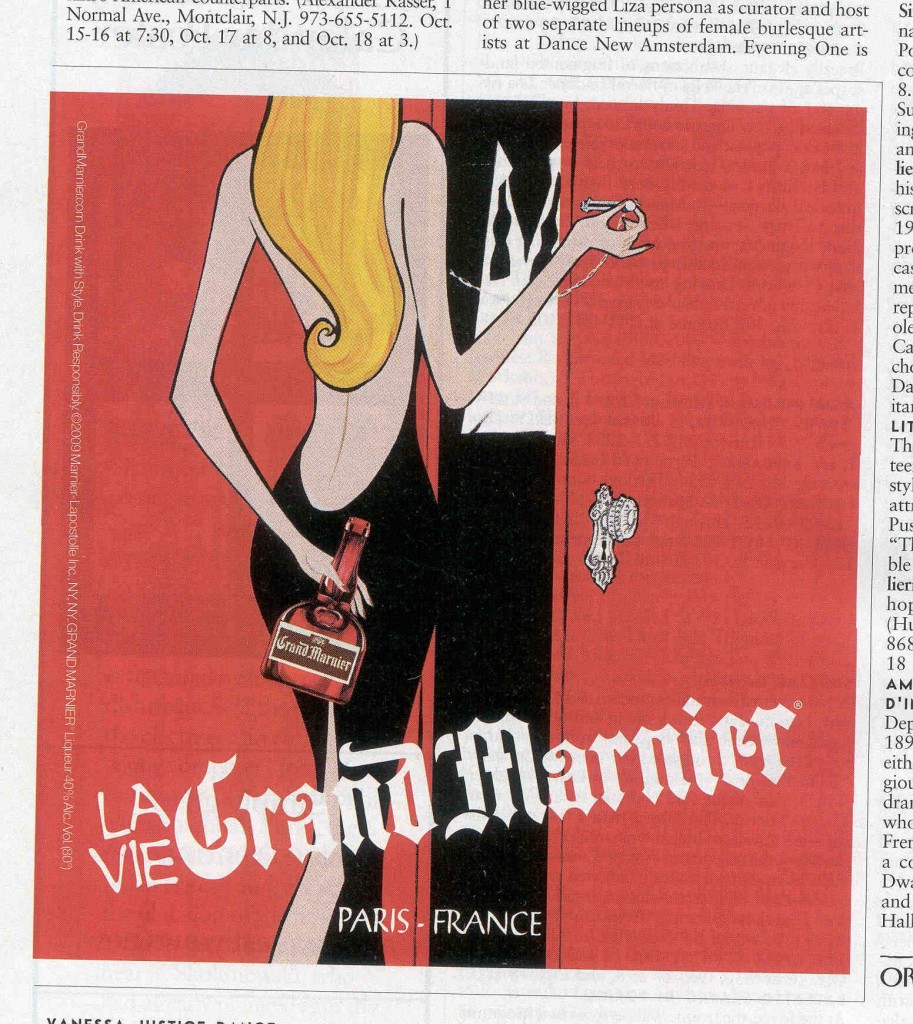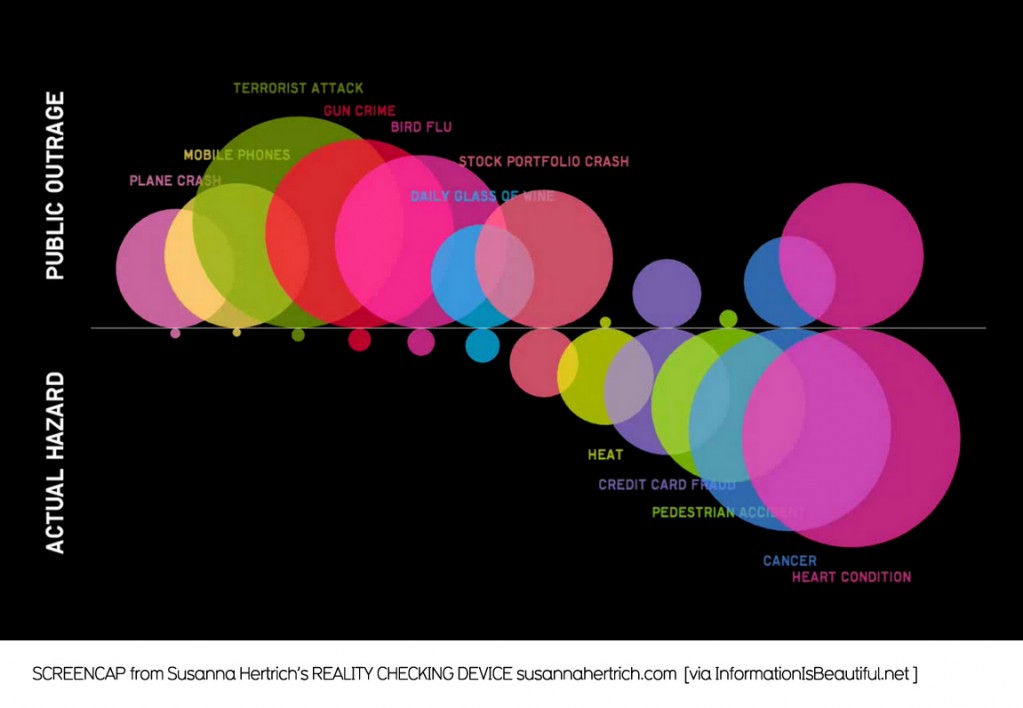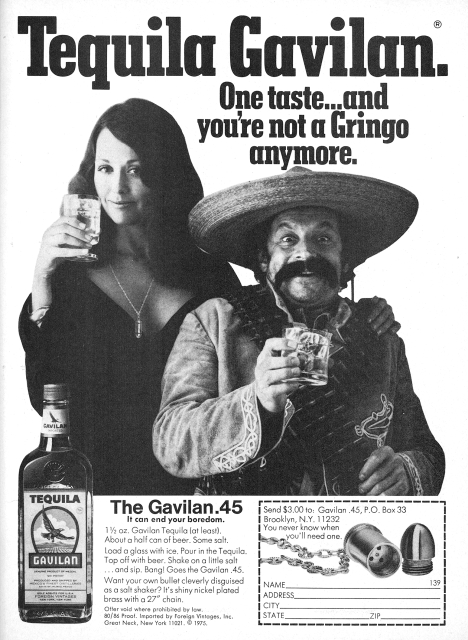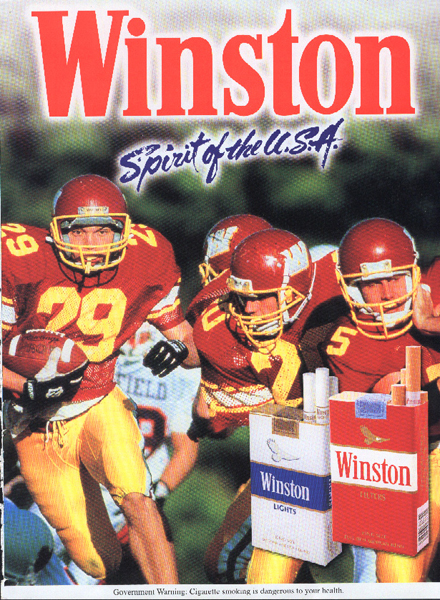Larry Harnisch, of The Daily Mirror, scanned these two ads for Grand Marnier from the latest New Yorker. Normally we don’t get too worked up over phallic imagery, but I thought these two might be good for discussion. Besides, it’s been a while since we linked to our awesome collections of ads featuring ejaculation imagery, subliminal sex, and not-so-subliminal sex (NSFW).
In the first, the woman greets a man at his door. She is wearing a dress with a very low cut back. She is holding the bottle behind her, angled provocatively. Don’t miss the shape of the bottle itself (and what exactly is that circle at the base of its neck?).

In the second ad, the woman sits deep in an armchair, her legs in the air. The bottle, being poured by a man, is tilted towards her, and spilling liquid into her glass.

So, Readers, what do you think? Is the bottle meant to be read as a penis subconsciously? Do you think it works that way, intended or not?
—————————
Lisa Wade is a professor of sociology at Occidental College. You can follow her on Twitter and Facebook.










